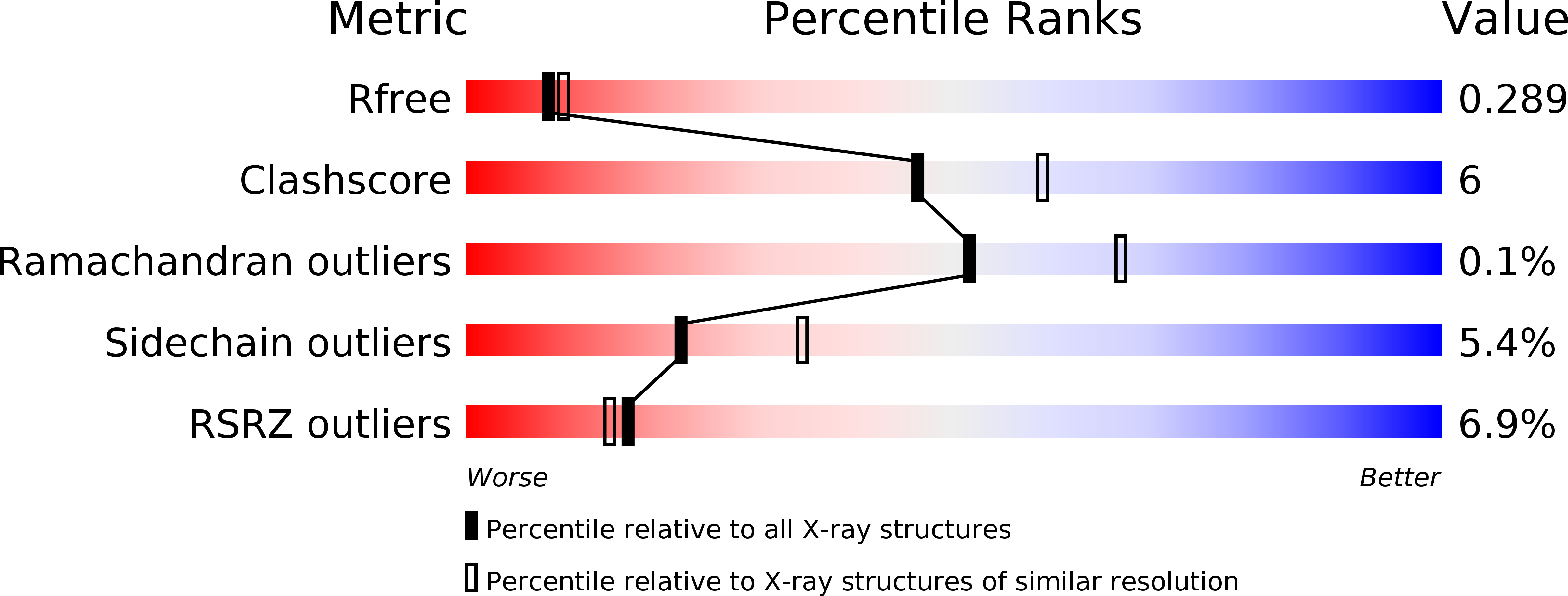
Deposition Date
2011-02-24
Release Date
2012-03-21
Last Version Date
2024-10-16
Entry Detail
PDB ID:
3QUK
Keywords:
Title:
Crystal structures of the murine class I major histocompatibility complex H-2Db in complex with LCMV-derived gp33 altered peptide ligand (Y4A)
Biological Source:
Source Organism:
Mus musculus (Taxon ID: 10090)
Lymphocytic choriomeningitis virus (Taxon ID: 11627)
Lymphocytic choriomeningitis virus (Taxon ID: 11627)
Host Organism:
Method Details:
Experimental Method:
Resolution:
2.41 Å
R-Value Free:
0.28
R-Value Work:
0.24
R-Value Observed:
0.24
Space Group:
C 1 2 1


